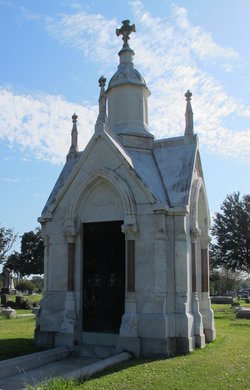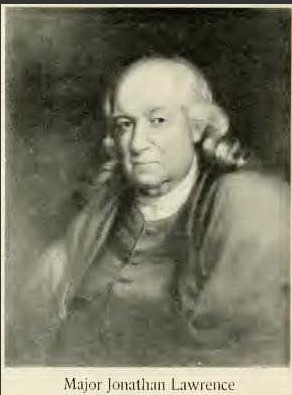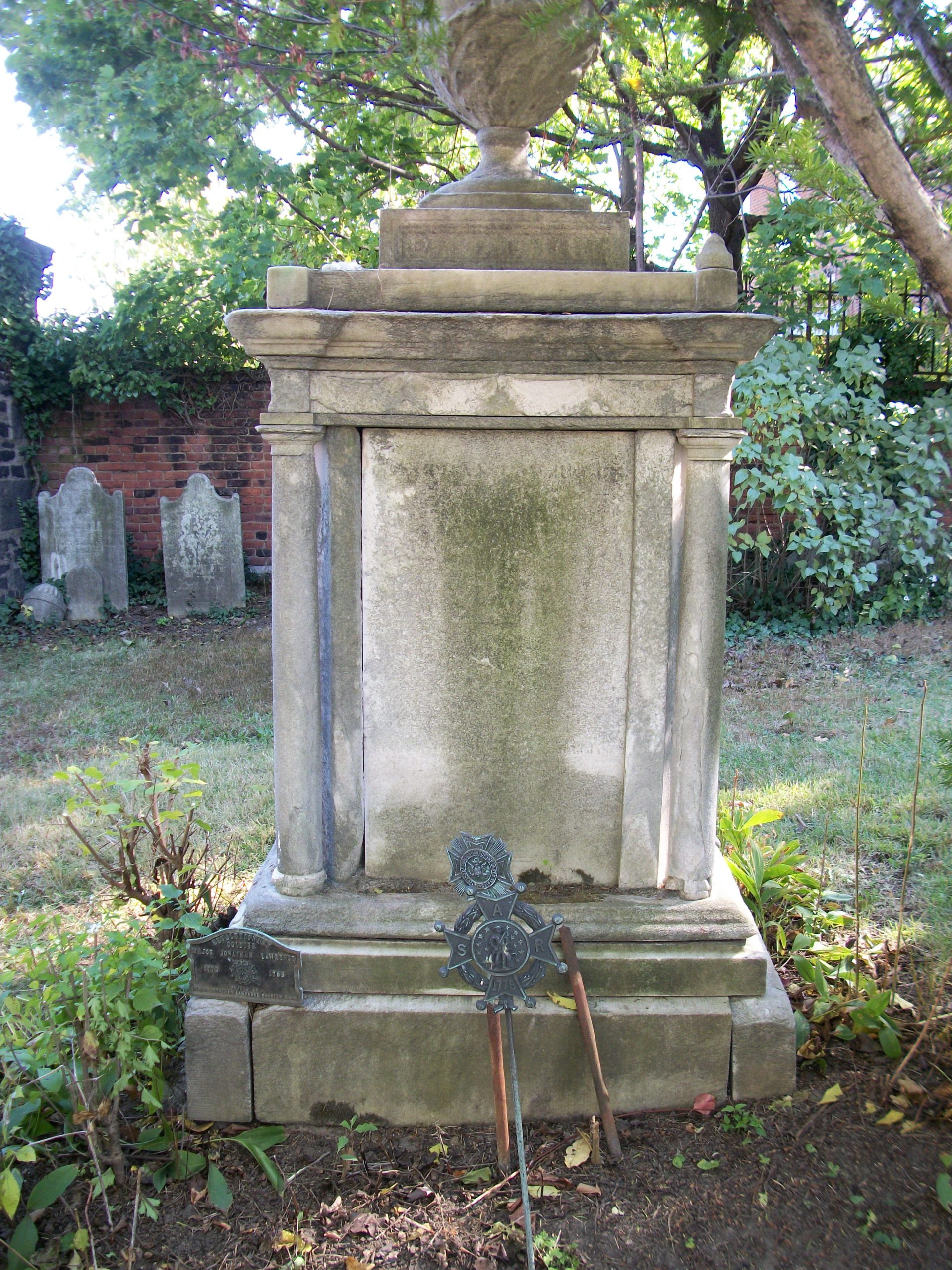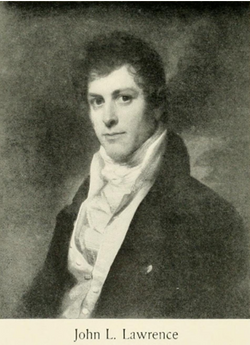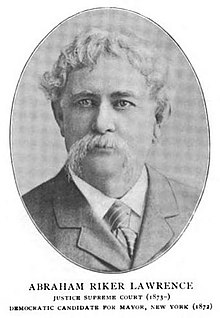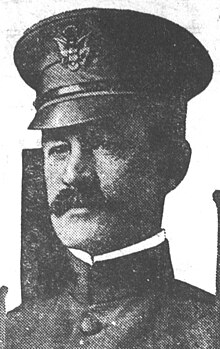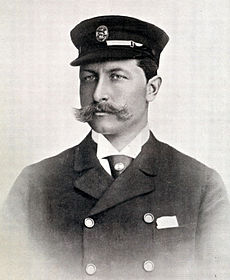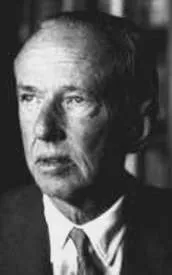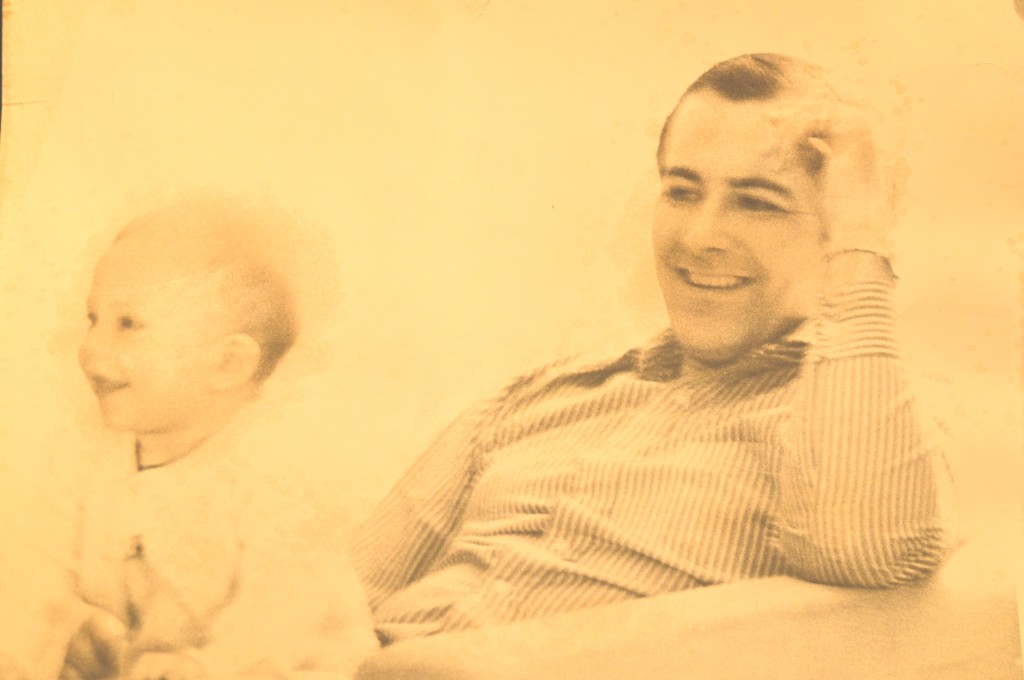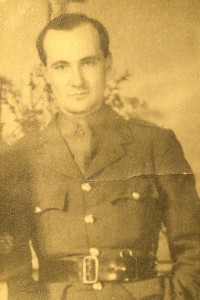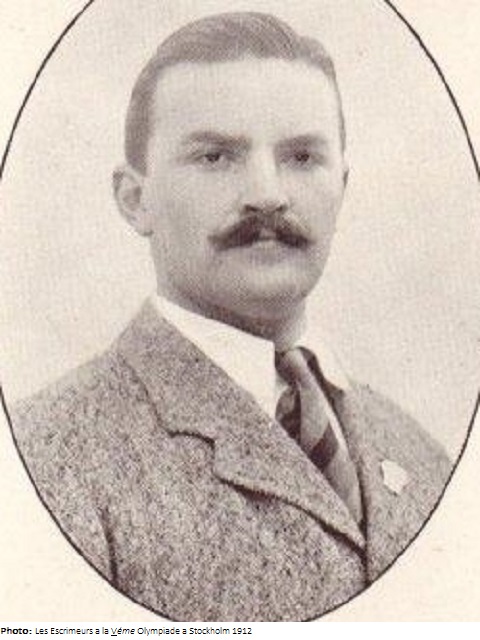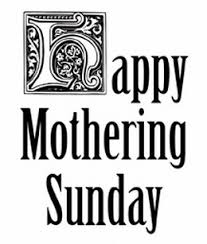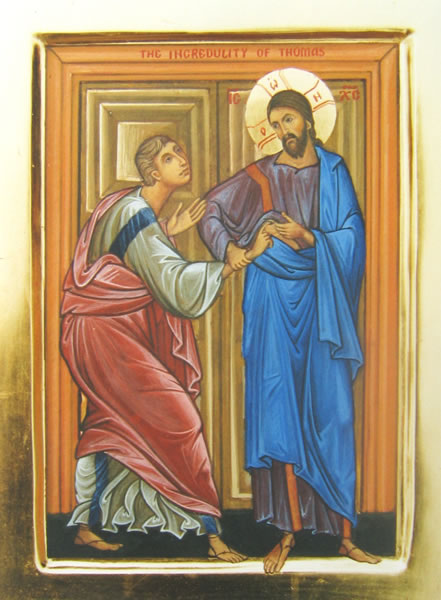Edward Holland Caldwell (1844-1872) was the son of James Henry Caldwell and Margaret Placide (Margaret Abrams). The parents were not married. James Henry was still married to Maria Carter Hall, who remained in Virginia. Edward Holland was the second great-grandfather of my wife.
On March 11, 1857 an act was passed by the Louisiana legislature allowing Edward Holland and his brother James Henry Jr. (1838-1870) to inherit on the same basis as legitimate children.
Edward Holland, was born in New Orleans, Louisiana, January 8, 1844, died in New York City, October 5, 1872. He was associated with his father in the gas and banking companies. He was president of the Mobile Gas Light and Coke Company, and made his residence in Mobile. The family were Catholics, except Edward Holland Caldwell, who embraced the Protestant faith. This allowed him to become a thirty-second degree of the Scottish Rite of the Masons.
Edward Holland married Caroline Amelia Shields, a native of Mobile. She survived her husband, and married Santos Santiago Rubira (1832-1914), a prominent capitalist of Mobile.
The children of Edward Holland and Caroline Amelia were:
James Henry (1865-1931)
Edward Shields (1867-1925) a capitalist of Asheville, North Carolina, and an extensive traveler; he married Louise Wood Moore.
Sarah (1871-1947), married (first) Nathaniel Rutter (1863-1891), of New York City, leaving a son, Edward Caldwell Rutter (1890-1947): she married (second) 1902, Nathaniel Claude Reynal (1871-1928), of New York City. Their children were Nathalie (1902-1968), Nathaniel Jules (1903-1950), and Amilie (1909-1917).
